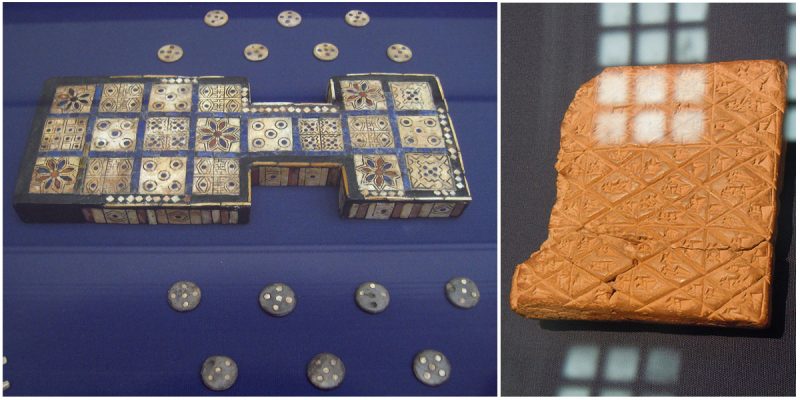The Royal Game of Ur, also known as the Game of Twenty Squares, refers to an ancient game represented by two game boards found in the Royal Tombs of Ur in Iraq by Sir Leonard Woolley in the 1920s.
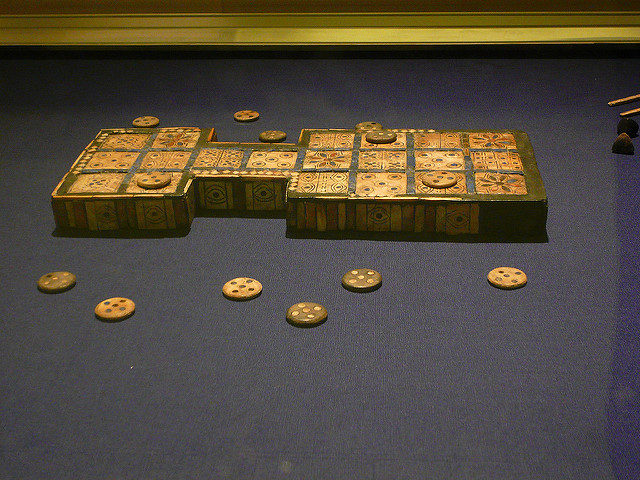
The two boards date from before 2600 BCE. Each of the game boards is composed of a set of twelve squares and a set of six cases linked by a bridge of two cases. One of the two boardgames is famous, and exhibited in the collections of the British Museum in London.
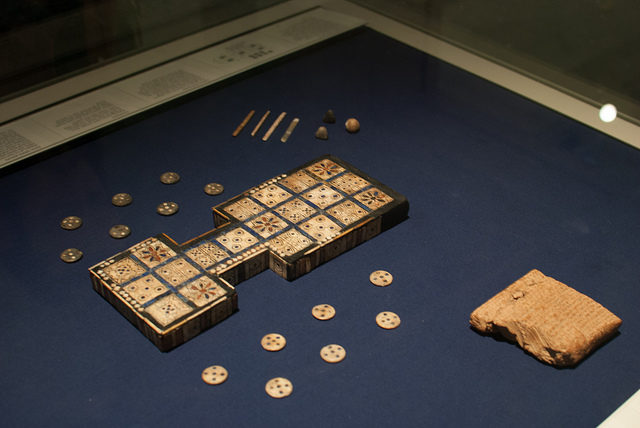
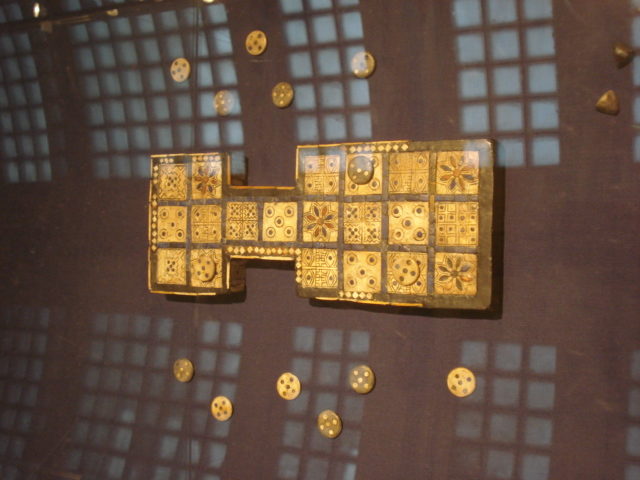
The board is sumptuously decorated with shells carved with lapis and limestone, and the squares are all covered with geometrical designs. The picture below attempts to give an idea of the beauty of this game board.
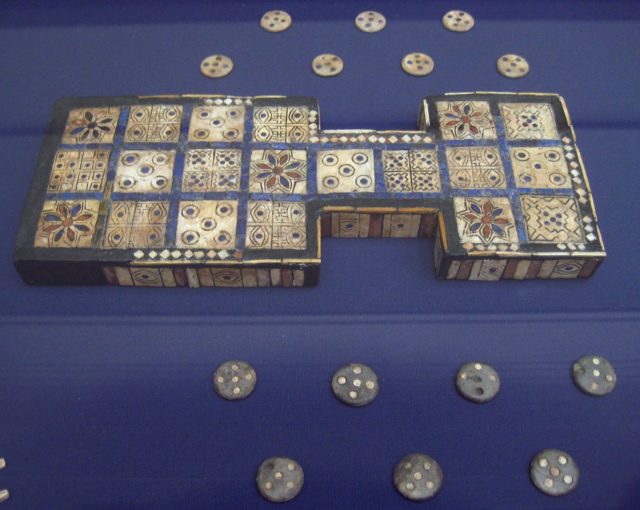
The Game was played with two sets, one black and one white, of seven markers and three tetrahedral dice. The rules of the game as it was played in Mesopotamia are not completely known but there have been a number of reconstructions of gameplay, based on a cuneiform tablet of Babylonian origin dating from 177-176 BC by the scribe Itti-Marduk-Balatu.
It is universally agreed that the Royal Game of Ur, like Senet, is a race game.
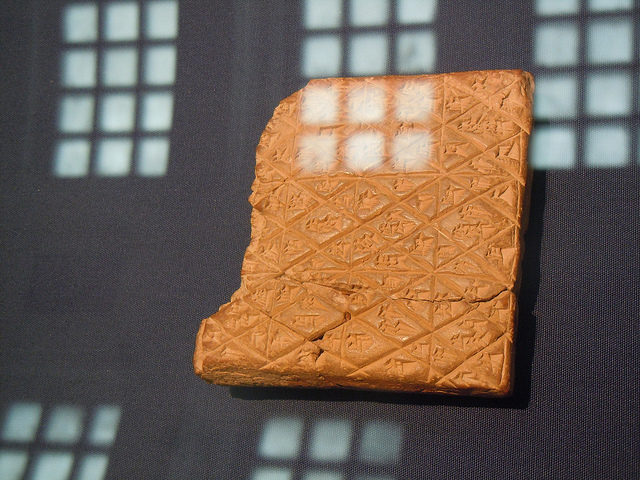
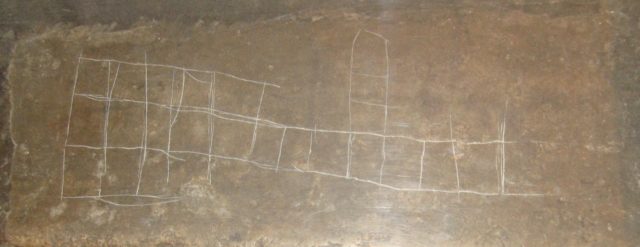
The goal in this two player game is to move all the pieces onto the board, then move them around the board, and finally off the board before the opponent does so.
If the player land on a space occupied by a single opponent’s piece they send it back to the start. If the player land on a space occupied by two or more opponent’s pieces then their piece goes back to the start.
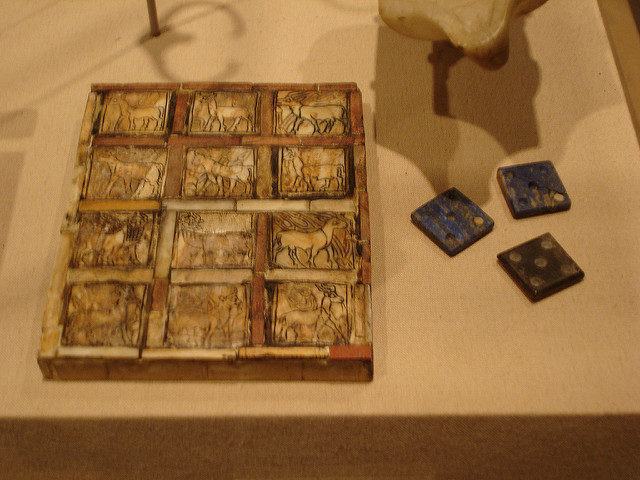
A graffito version of the game was discovered on one of the human-headed winged bull gate sentinels from the palace of Sargon II in the city of Khorsabad.
